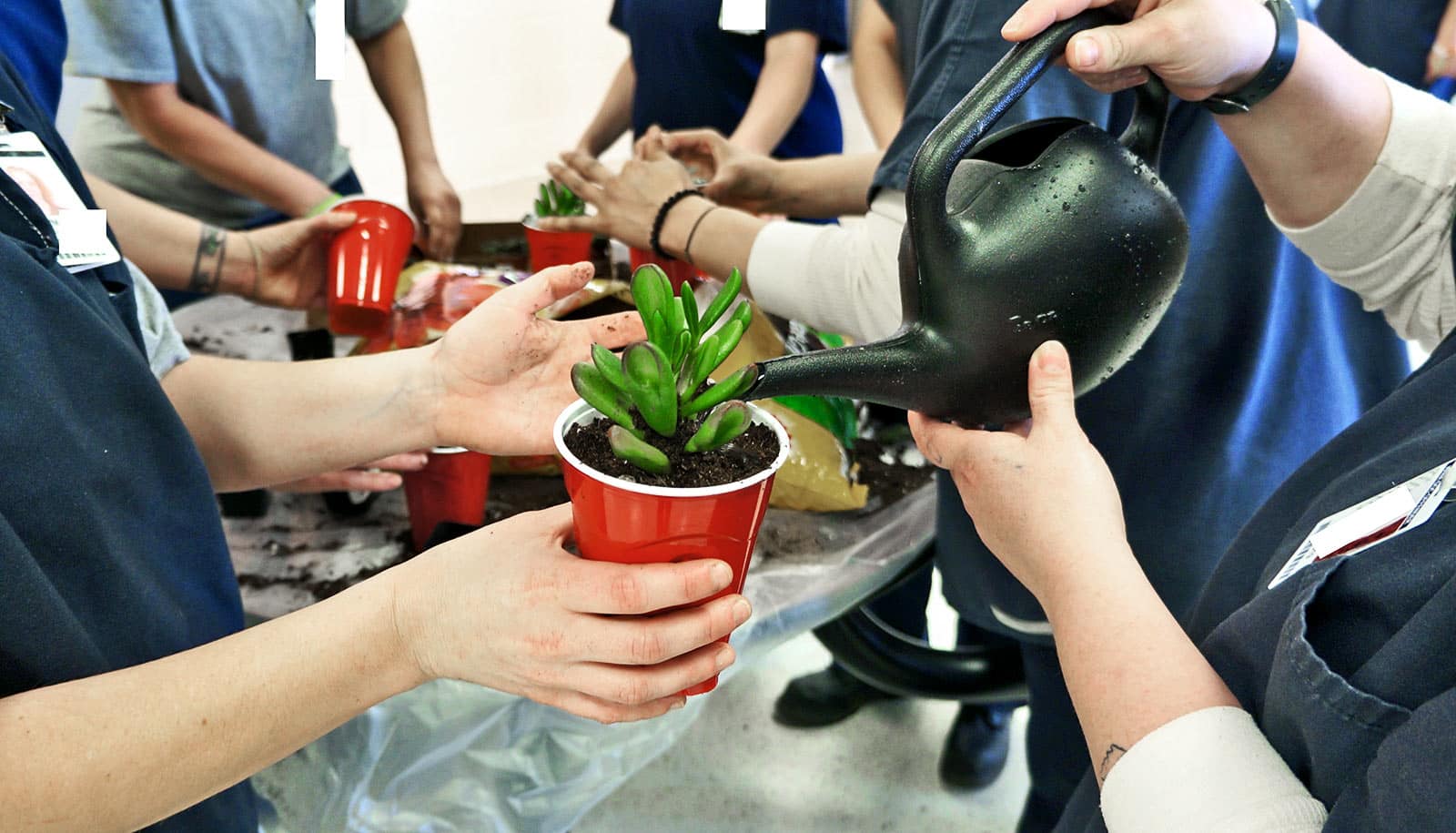Adolescence is the prime time to help young women who’ve had repeated run-ins with the US juvenile justice system find a different path, a new study shows.
In one of the longest ongoing intervention studies focused on delinquency in women, researchers followed the same group of women over two decades, to their mid-30s. The women were in their mid-teens and heavily involved in Oregon’s juvenile justice system when they started participating in the research, initially through the Oregon Social Learning Center, a nonprofit research center based in Eugene.
As adults, nearly three-quarters of the women continued to be involved with the justice system and more than a third had been in jail or prison. However, the researchers discovered that on average the women last interacted with the justice system at age 22, pinpointing adolescence as the critical time to intervene.
“Adolescence is a pivotal time to provide the support and services that can lead to sustained changes into adulthood,” says Leslie Leve, one of the researchers and department head for counseling psychology and human services in the University of Oregon’s College of Education.
“Teens are undergoing tremendous changes in brain, social, and personal development. They are our future employee base and future leaders. For the health of our society, it is important to invest in their growth and well-being.”
The research comes at a time when women’s involvement with the US justice system is growing at a faster rate than men’s, and the national conversation is focused on alternatives to incarceration, especially for women.
For example, the Vera Institute of Justice in California is working at the county level to end the incarceration of young females and those whose gender expression falls outside the binary forms. Also, the states of Hawaii and Maine each have had times in recent years when no females under age 18 were incarcerated in their correctional facilities.
The length of the research, now going on 27 years, provides a unique opportunity to watch the lives of women in the study unfold.
“If we had ended the study when the participants reached their early 20s, the conclusion would have been more somber: Three out of four of these women who were involved in the juvenile justice system as teens continued to be involved with the justice system as adults,” says Maria Schweer-Collins, a research assistant professor at the College of Education and the Prevention Science Institute. “But because we continued to follow them, we see that for many, their life takes a turn.”
Future research will investigate the factors that enabled many of the women to become disentangled from the criminal justice system, Schweer-Collins says.
“When did they stop being involved with the legal system?” she asks. “For those whose involvement ended, what changed for them?”
Future research will also look at potential factors, such as entering a stable, long-term relationship with a partner or becoming a parent, as well as changes in how the justice system responded to the women as they aged.
“Stay tuned,” Schweer-Collins says. “We know that as women move through their 20s, there’s a reduction of involvement in the legal system, and we need to better understand the positive factors that are part of that process.
“Once we identify those factors, then the question is how can they help inform interventions and justice system practices in adolescence so women can reach that life-changing turning point earlier in their lives.”
The study appears in the journal Frontiers in Psychology.
Carly Dierkhising, associate professor of criminal justice at California State University Los Angeles is a coauthor of the study.
The National Institute of Justice and the National Institute on Drug Abuse supported the work.
Source: Sherri Buri McDonald for University of Oregon



